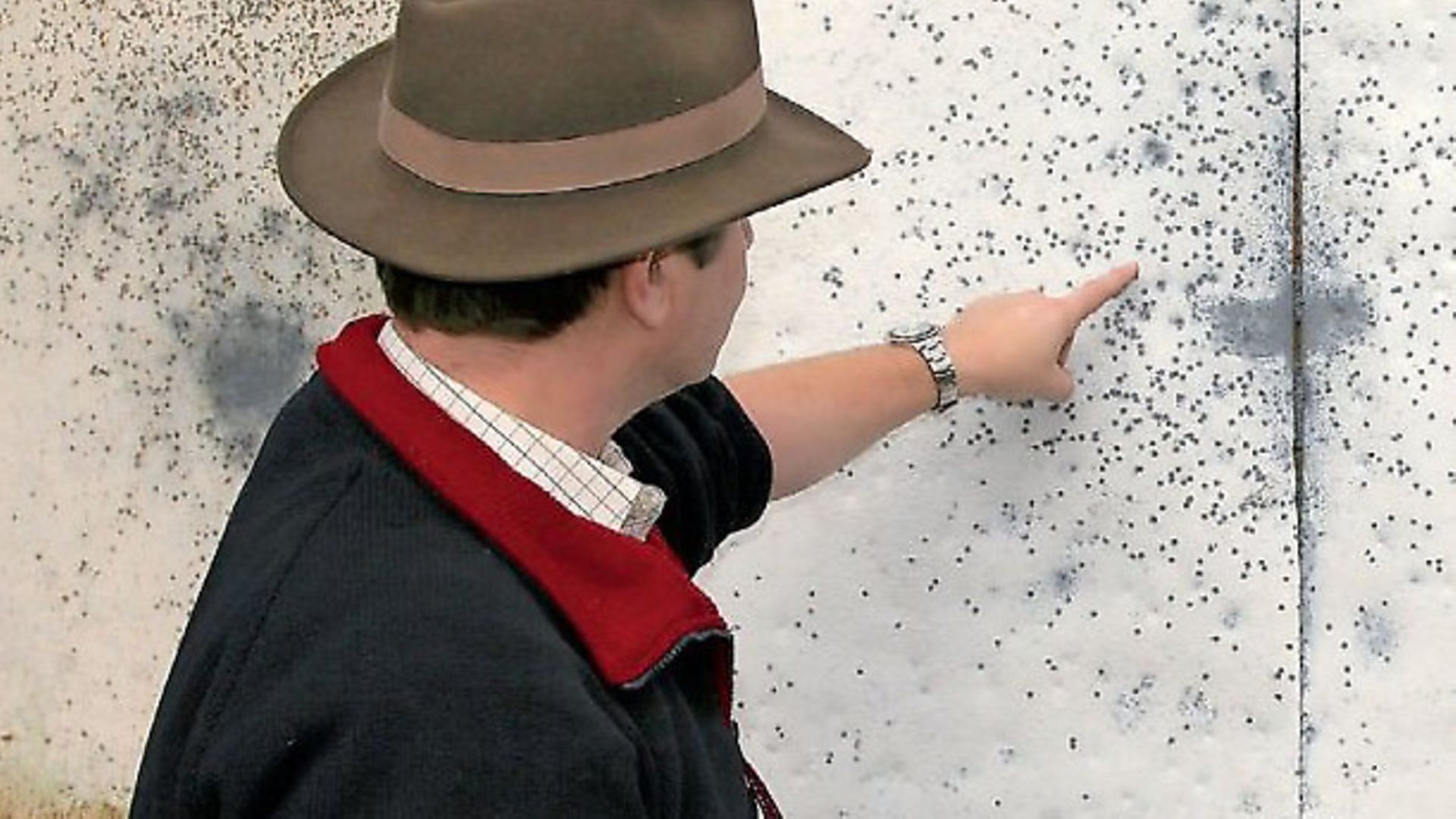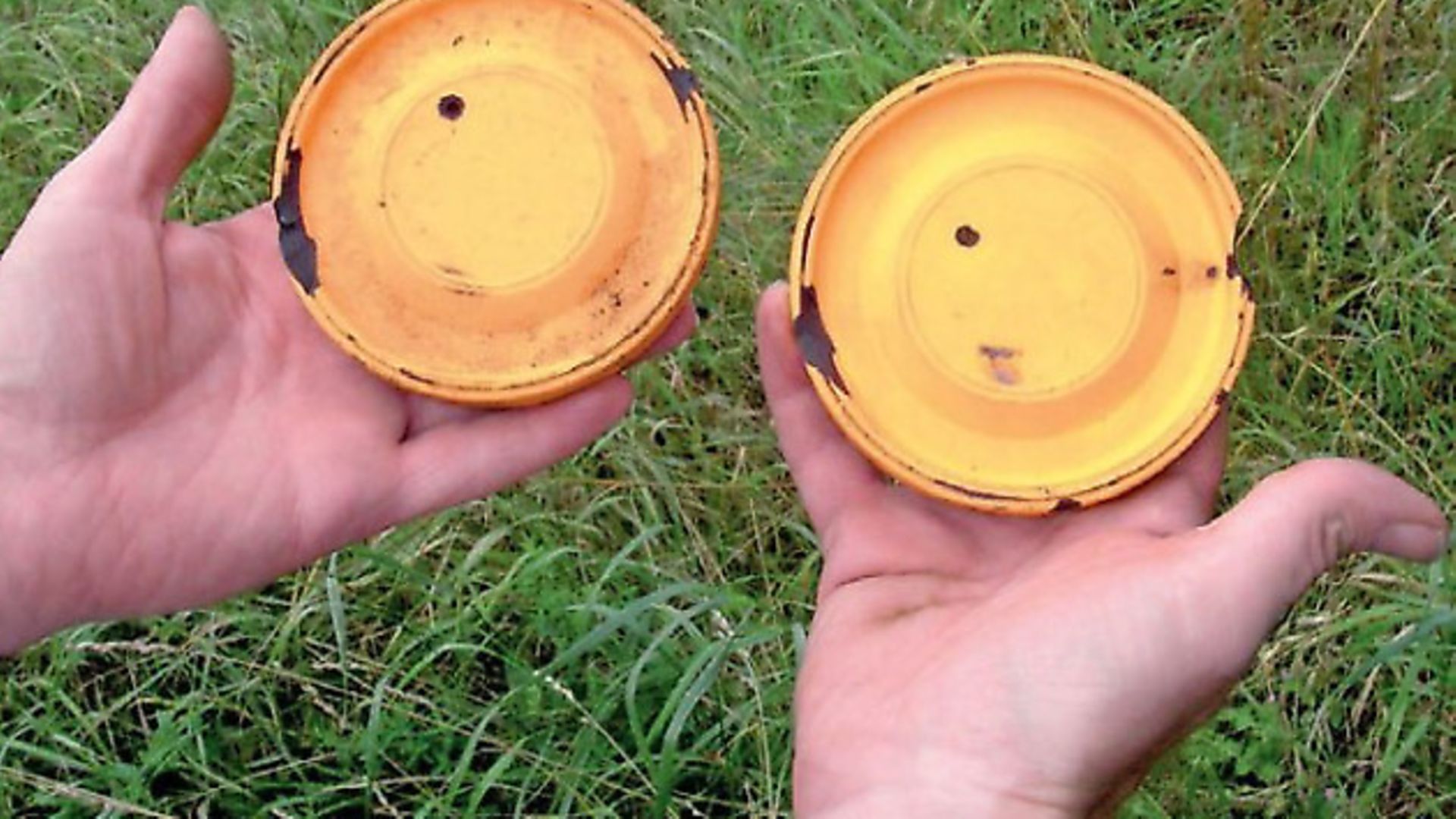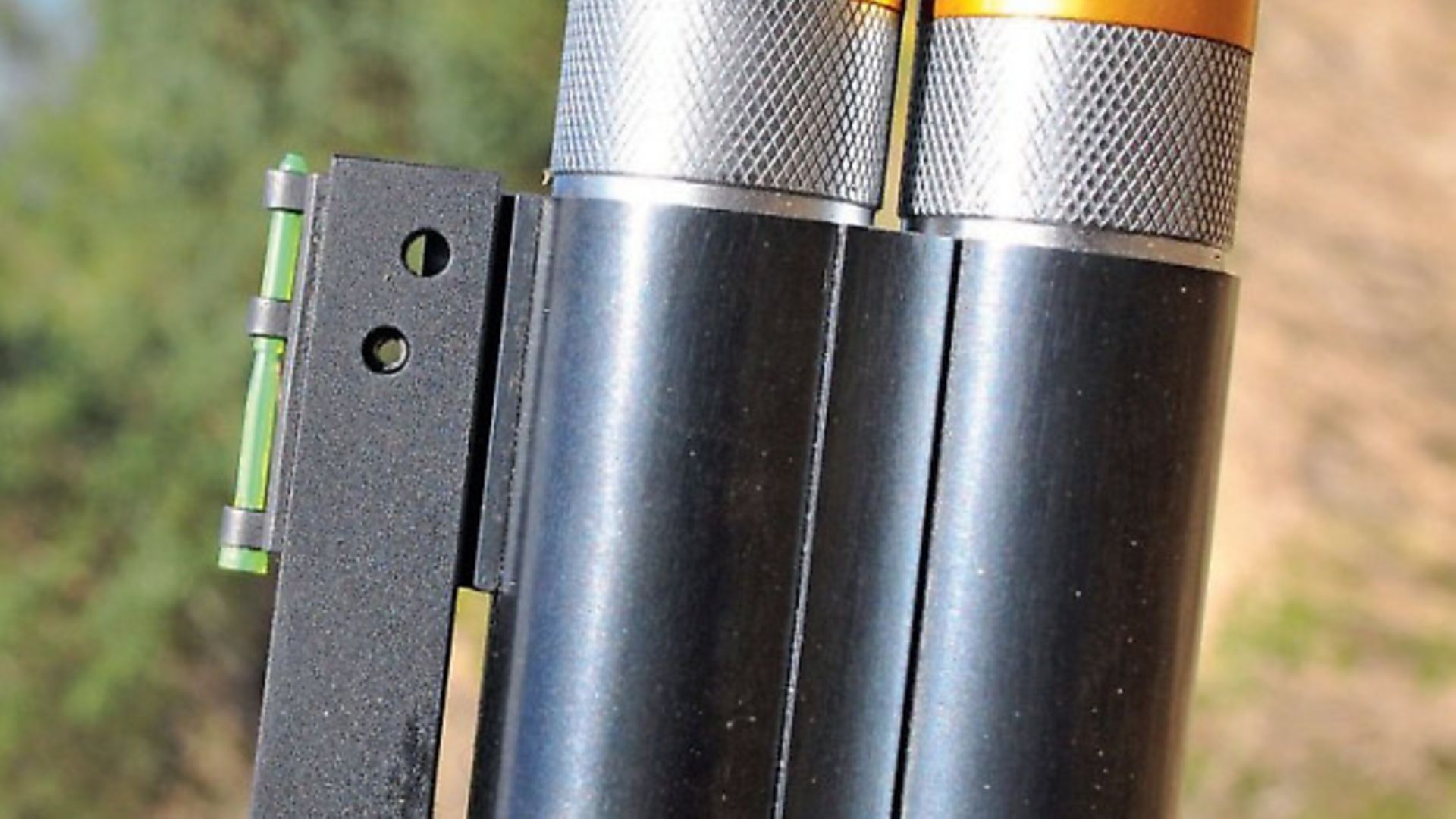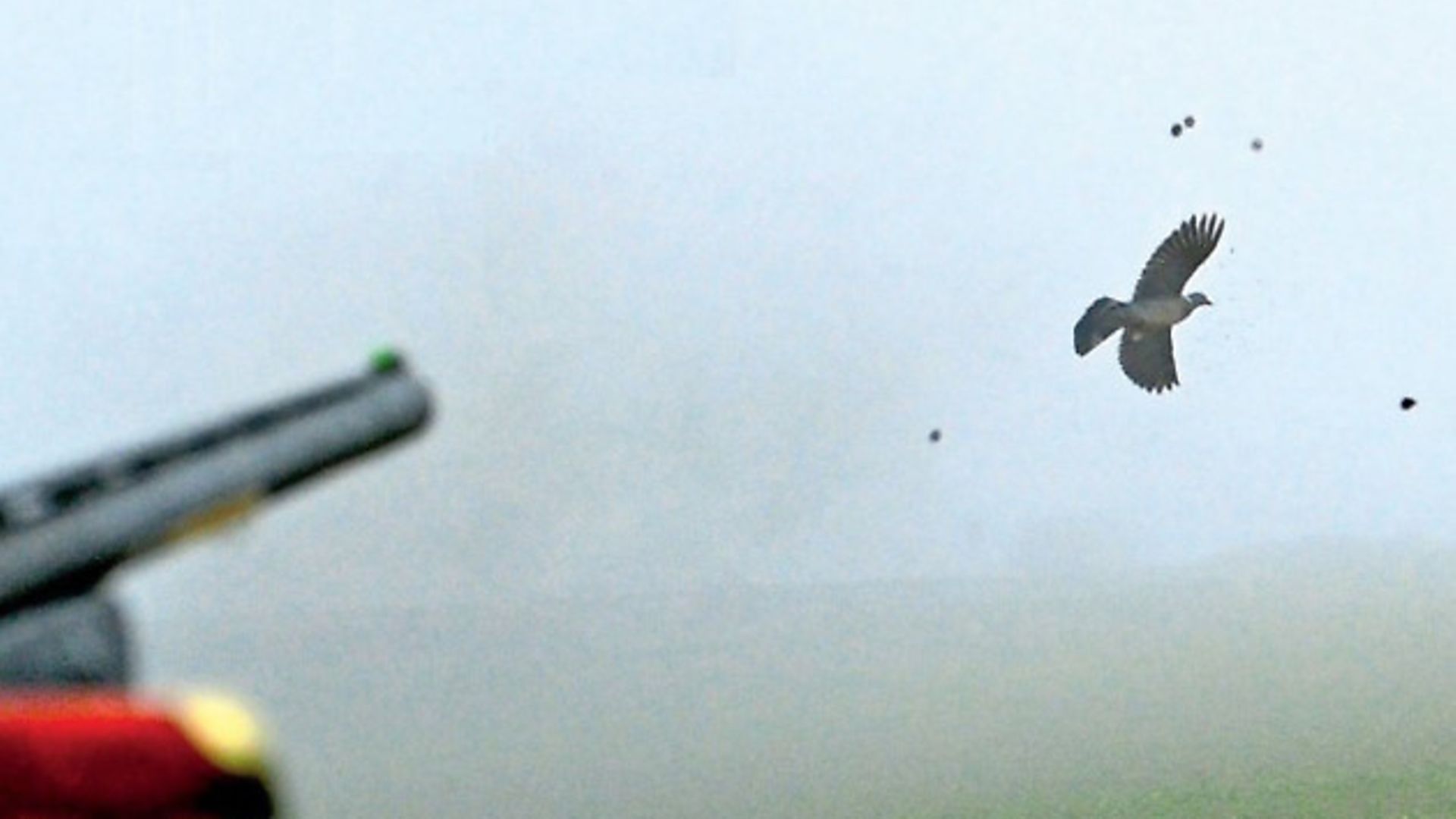Chokes and patterns: the bluffer’s guide
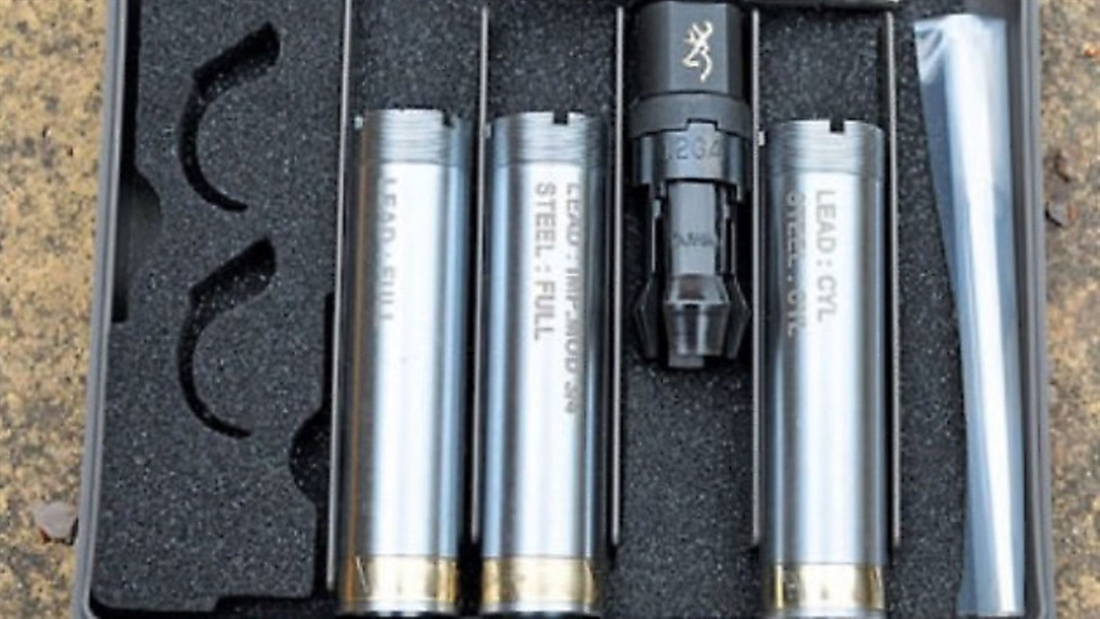
Do you want to know your improved cylinder from your modified? Or does the concept of pellet spread leave you feeling baffled? Then read on and all will be revealed…
There are car bores who like to sit in the pub holding forth about the merits of double overhead cams and dual clutch transmission, rather than actually going for a drive. In shooting, we have our own equivalent: the amateur gun expert.
This creature could bore the hind legs off a donkey, droning on about the merits of this gun and that cartridge – and one of his favourite topics is chokes and patterns. He specialises in undermining your confidence in your equipment, to the point where you can’t hit a damn thing. Then you fall under his spell, hanging on his every word as he dispenses dodgy advice on expensive alterations to your gun.
For the sake of your sanity, not to mention saving yourself a small fortune, it helps to know the basics about chokes and patterns. It will also enable you make sensible choices about which choke and cartridge to use for different types of shooting.
If you also learn a few key phrases, you can fend off the tiresome ‘experts’, and impress your fellow shooters with your knowledge at the same time! So here goes: my bluffer’s guide to chokes and patterns.
What’s it all about?
The first thing to remember is that guns and cartridges don’t kill quarry or break clay
pigeons, patterns do. To be strictly accurate, pellets do – but pellets are little use unless they come in patterns.
The pattern is the cloud of around 300 lead pellets that you fire through the air. If you’ve pointed it in the right direction, it will meet up with your target. Some of the pellets will hit the target, while most of them will fly harmlessly by and eventually fall to the ground.
If enough pellets hit the target with enough force, you’ll see the desired result. Your rocketing pheasant will be killed in mid-air, or that tricky clay target will smash into a million pieces.
As a general rule, you want your gun to throw a nice dense pattern with plenty of pellets, evenly spread so your target is bound to receive multiple strikes. Choke helps you achieve that, by squeezing your pellets together just as they leave the barrel. This keeps your pattern tighter – which has to be a good thing, right?
Well, up to a point. Things are never that simple. There are several factors working against each other here, and we have to find a good compromise that will do the best job most of the time. That, of course, provides endless potential for argument and debate, which opens the door to our pesky ‘expert’.
So here’s my first bluffer’s tip. When the conversation gets too technical or you seem to
be losing the argument, trot out the phrase:
“Well, of course, there’s no such thing as the perfect combination of choke and cartridge. It’s always a compromise.”
Trade off: pellet size and pattern density
The first compromise is shot size. For the sake of argument let’s assume we’re talking about a fixed load of, say, 28g. That 28g weight could be made up of many small pellets, or a smaller number of larger pellets.
Suppose we chose tiny pellets, size 9 perhaps. We would get a super-dense pattern, so your target would be peppered with hits – but what good would that do if the pellets were so feeble they bounced off?
At the other end of the scale, our 28g might be made up of half a dozen huge pellets. A hit from just one of those pellets would guarantee a kill. But with only a handful of pellets in the pattern, the chance of connecting with your target is slight. Even if your aim is true, it’s pure chance whether the target is hit.
In between these extremes is a happy medium which gives a good density of pellets, each of which has enough punch to do the business. Years of experience have shown that size 6 shot is good for game, and 7 or 7.5 is better for clays.
You should only stray from these if you have good reason to do so. If you’re shooting super-high pheasants or FITASC, for instance, you’ll have the experience to know when you need to go up a shot size.
You can see the effects of all this if you fire at a pattern plate. Traditionally this would be made of steel, and painted with fresh whitewash so you can see where the pellets strike. However, a large sheet of paper or even hardboard will do the job equally well.
So another good bluffer’s line is: “I’ve patterned my gun with these cartridges, so I know it’s shooting good patterns.”
Better still, actually do it and see the results for yourself. Shoot from the sort of distance you’d typically shoot your normal targets, then look at the resulting pattern and ask yourself how many pellet strikes you could expect on a clay target or the body of a bird.
Another trade off: more choke or less?
Choke is another compromise. More choke gives you a tighter pattern, but it also makes the pattern smaller overall, so you have to be more accurate in order to hit the target. Get it right and it will be peppered with pellets, guaranteeing the kill you are after – but if your aim is slightly off you will miss altogether.
Less choke gives you a wider pattern, so it’s easier to hit the target. But your pattern will be less dense and there’s a chance you will only clip the target with one or two pellets. In an extreme case, you may have holes in your pattern big enough for the target to pass through untouched. Now that would be frustrating – your aim is perfect, and still the target gets away!
It ought to be possible to make a simple mathematical calculation and arrive at the perfect compromise, except for one crucial factor: it’s rare that we can predict exactly the range we will be shooting at.
The further your pellets travel from the end of the barrel, the more they spread out. So the perfect choke at 25 yards is not ideal at 15, or 30, or 35. We have to make an educated guess about the distances we’re likely to be shooting, and pick the best choke for the job, bearing in mind all the other factors, such as shot load, pellet size, and of course the size and resilience of the target. That’s not just snipe versus geese – clay targets come in a variety of sizes, too.
It often isn’t convenient or even feasible to change choke tubes during a day’s shooting, so most people pick a reasonable compromise, then forget about it and concentrate on their shooting.
Which brings me to the killer bluffer’s line: “It really doesn’t matter what choke you’ve got, if you point it in the right direction it does the job.” That one will get even the most know-all ‘expert’ nodding sagely and muttering into his beer – because he knows it’s true.
If you stick to the tried and tested combinations of cartridges and chokes, you can be sure that any misses are down to you at least 99% of the time. For most shooters, quarter and half (improved cylinder and modified, if you’re speaking American) would be their best choice for almost everything, game or clays.
Okay, if you’re a hardened wildfowler, or competing at Olympic Skeet, you might want to think again. The same principles apply, but the demands of your discipline are so different that you need to specialise.
What else should I know?
If you’ve followed this so far, you know enough about chokes and patterns to see you through a lifetime of shooting, but there’s one more thing you should know about. Not all patterns are equal – some are better than others.
What do I mean by ‘better’? It’s all about getting an even spread of pellets across the pattern, and a good consistency from one shot to the next. A good quality cartridge helps, manufactured with precision from top-quality powder, wad and shot. But your barrels play their part, too.
Some chokes are crudely made, just a simple constriction at the end of the bore. Others have been designed and refined like something out of a Formula 1 car. They gently guide and massage the pellets as they pass by, producing patterns pretty enough to hang in a gallery.
Ideally, we would like our 300-odd pellets perfectly spaced across the pattern, so a hit anywhere in the pattern gives the same number of pellet strikes. Life isn’t like that, of course, and most patterns will be more dense in the centre and become distinctly thinner around the edges. Some may have dense off-centre patches, and they may vary more or less from one shot to the next.
The only way to know for certain is by firing your gun and cartridges at a pattern plate. It takes a while and will cost you a few shells, but you will learn a great deal from the process. Better still, try it at different ranges, and with different cartridges. It will help you choose the cartridge that’s best suited to your gun, as well as understanding what your gun is capable of at different ranges.
Plus, of course, you’ll be able to kick that ‘gun expert’ into touch with your informed discussion on the effects of different chokes and cartridges on your patterns. He might even learn a thing
or two!




